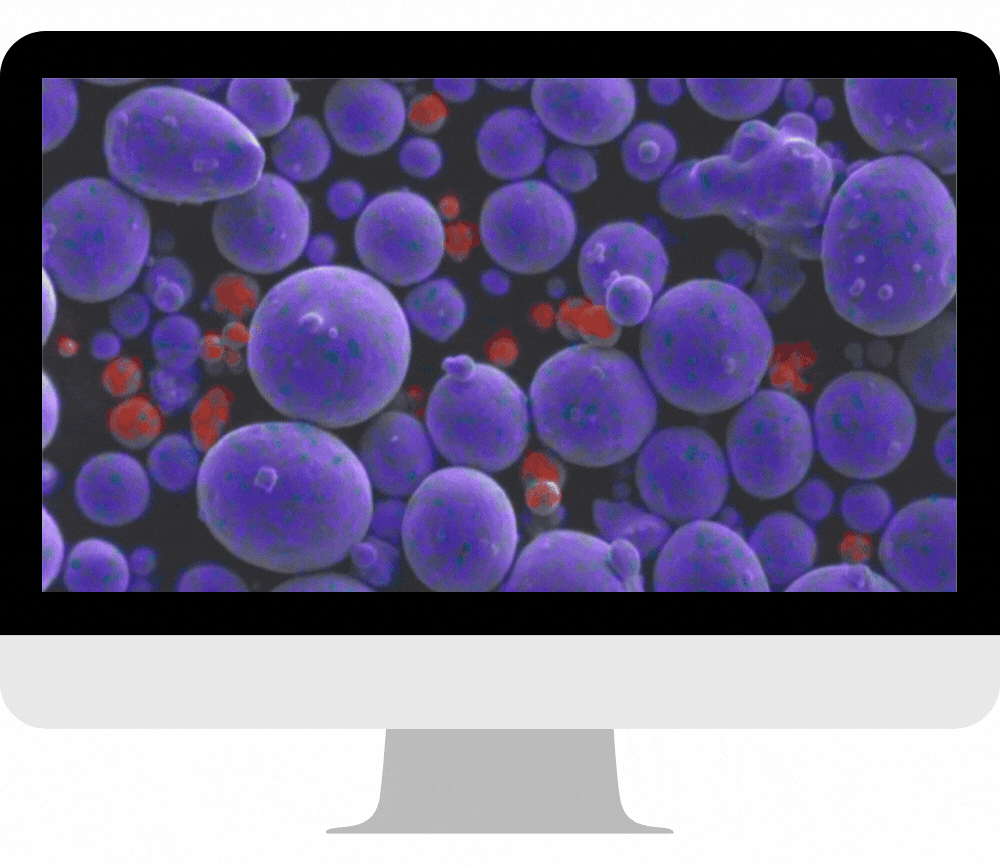2021 From a Distance
Once more, it is that time of year that prompts many of us to reflect on the previous twelve months. As with the previous year, a consistent feature (to a greater or lesser degree) has been remote working, with all the associated benefits and drawbacks. And like everyone else, at Oxford Instruments we have continued to try and make the best of the situation, developing technologies to allow you to get the best out of our instruments and associated software, whether working at the electron microscope or from just about anywhere.
AZtecFlex
In April 2020, we released AZtecTimed, a free software with full AZtec functionality made available to allow anyone in academia or industry process their data without the need to access their laboratory systems.
Initially released as a limited 3-month licence to help ease some of the pain caused by lack of access to laboratory equipment during the pandemic, it was re-issued many times over the subsequent 18 months. The popularity of AZtecTimed inspired us to launch AZtecFlex, a 12-month personal subscription license for installation on your desktop or laptop, designed to let you use AZtec without needing to access shared facilities, allowing you to analyse you datasets, anywhere, anytime.
AZtecLive Chemical Imaging
In July, with the launch of AZtecLive Chemical Imaging, we made it possible for the first time to view your sample’s morphology and elemental distribution, simultaneously and continuously as you navigate your sample. With Live Chemical Imaging there is no longer any need to stop the stage in order to start collecting EDS data so you can quickly understand more about the nature of your sample and find areas of interest for further, more detailed analysis.
FeatureExpress
As part of the recent release of AZtecFeature, FeatureExpress massively improves maximum particle analysis speeds from 30,000 particles per hour (pph) to in excess of 120,000pph with no compromise in data quality. The Tru-Q technology included in AZtecFeature provides unparalleled elemental identification and quantitative analysis with no user intervention required. This combination of accuracy with the highest levels of throughput produces the high-quality results that analysts need in a wide range of particle analysis applications.
Ebsd.com
November saw the relaunch of ebsd.com, our free online resource for those working with Electron Backscatter Diffraction (EBSD).
Over the years, Oxford Instruments have been at the forefront of advancements in EBSD, from new detector technology (with the latest generation of CMOS-based detectors capable of analyses at over 4,500 measurements per second) to novel techniques for extracting important information from EBSD datasets.
As part of our ongoing commitment to helping EBSD users get the best out of the technique we ran a project to update and improve our free online education and training resource, ebsd.com. This site is intended for anyone working in materials characterisation using scanning electron microscopy, whether they are new to the technique or an advanced user. It provides an explanation of the EBSD technique and examples of different applications as well as guidance on how to get the best out of our systems and detailed descriptions of the technology behind our product range.
What for 2022
As 2022 progress, among our plans, we continue to prepare for a return to what we still refer to as a more normal way of life, which includes meeting in person at events and routine face-to-face collaboration. It also includes the continued support of the flexibility that remote working has brought to many aspects of researching and analysing at the nanoscale.






